If you’re a heavy controller user for your games, you’re likely familiar with stick drift and absolutely hate it. Stick drift has been a persistent issue as long as controllers have existed. Gradual wear and tear will eventually cause your gamepad’s joysticks to behave abnormally, right up until they fail altogether.
Drift is when your controller’s analog joysticks start picking up phantom inputs. Like if your character starts slowly walking on their own, that’s drift. I found it very noticeable in games like Animal Crossing when my joy cons started drifting.
Lucky for us, there have been developments that might make stick drift a lot rarer of an occasion, enter Hall Effect joysticks.
What are Hall Effect Joysticks?
Hall Effect joysticks use magnets to detect stick movement in a way that doesn’t wear and tear. Hall Effect joysticks get their name from The Hall Effect, which is in turn named after its founder Edwin Hall. The Hall Effect represents a change in voltage that is caused when a magnetic field interferes with an electrical flow from a conductor.
Hall Effect joysticks use this principle by having permanent magnets in them that move in relative to an electrical conductor. The voltage change that occurs is converted to positional data to track the joystick’s movements.
Since the components in a Hall Effect joystick never physically touch, the sensors do not wear out like they do on analog joysticks. This means that in theory, Hall Effect joysticks never develop drift in their lifetime.
Why is Hall Effect better than Analog
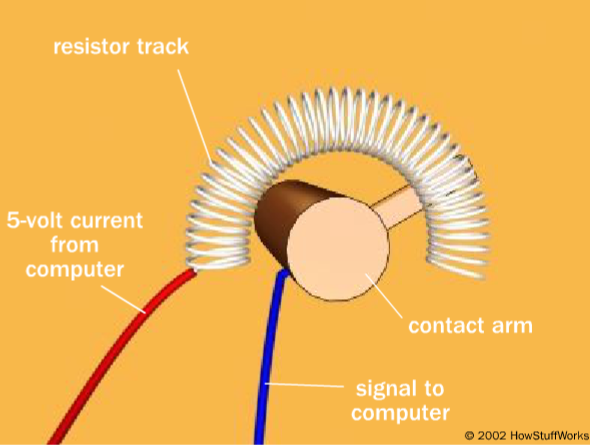
More durable
The components within an analog, or ‘potentiometer’ joystick move along each other; this either increases or decreases the resistance of the electric circuit. Analog joysticks can be very precise in their tracking since it deals with a measurable change in electrical resistance by components that physically touch one another. But all of this physical contact does wear out the resistors.
While Hall Effect joysticks don’t experience the traditional drift observed in analog joysticks, they do have some other potential issues. The magnets used in Hall Effect sensors can lose or change their magnetism. This will cause the joysticks to become less accurate in their tracking. But the chances of this happening are much lower than an analog stick developing drift since the Hall Effect joysticks must be exposed to a lot of electromagnetic interference to induce a change in magnetism.
Tiny dead zone on Hall Effect = More reponsive sticks
Because Hall Effect sticks are much less likely to wear down, their controllers don’t need nearly any dead zone to accommodate for the eventual drift that analog sticks produce.
The result of this smaller dead zone is that Hall Effect sticks are much more responsive, a small movement on the stick will be represented on the screen, it could be a huge competitive advantage, especially for shooters.
Controllers and Portables with Hall Effect Joysticks
While Hall Effect sensors only cost slightly more than analog ones, they haven’t been used by big-name manufacturers on game controllers. Sony’s DualShock and DualSense controllers all use analog joysticks. Even Xbox controllers all come with regular analog sensors in them. The same goes for the Nintendo Switch and the Steam Deck.
The lack of mainstream Hall Effect sensors is likely due to these companies not willing (yet) to pay licensing fees to use patented tech. There are rumors that the Switch 2 will feature joy-cons with Hall Effect sensors.
Controllers with Hall Effect
Here are the controllers that already use Hall Effect joysticks
- GuliKit KingKong 2 Pro (PC, Switch, Mac, Mobile)
- GuliKit KingKong (PC, Switch, Mac, Mobile)
- GuliKit Zen Pro Wireless (PC, Switch, Mac, Mobile)
- 8BitDo Ultimate Bluetooth with Dock (PC, Switch, Mac, Mobile) – Read our review!
- NYXI Switch Controller (Switch)
- Retroflag Switch Handheld Controller (Switch)
- GameSir G7 SE Wired Controller (PC & Xbox)
- GameSir T4 Kaleid (PC & Switch)
- SteelSeries Stratus+ (PC)
- Mobapad Chiitu HD (Switch)
- Machenike G5 Pro (PC/Switch)
- Beitong Asura 2 Pro+ (PC/Switch)
- Flydigi Vader 3 Pro
Handheld PCs with Hall Effect
- Asus ROG Ally
- Ayaneo Air Plus
- Ayaneo 2
- Ayaneo Geek
- Ayaneo Air Pro
- Lenovo Legion Go
- Retroid Pocket 3+
Hall Effect replacement sticks for PS5, Xbox, and Switch controllers
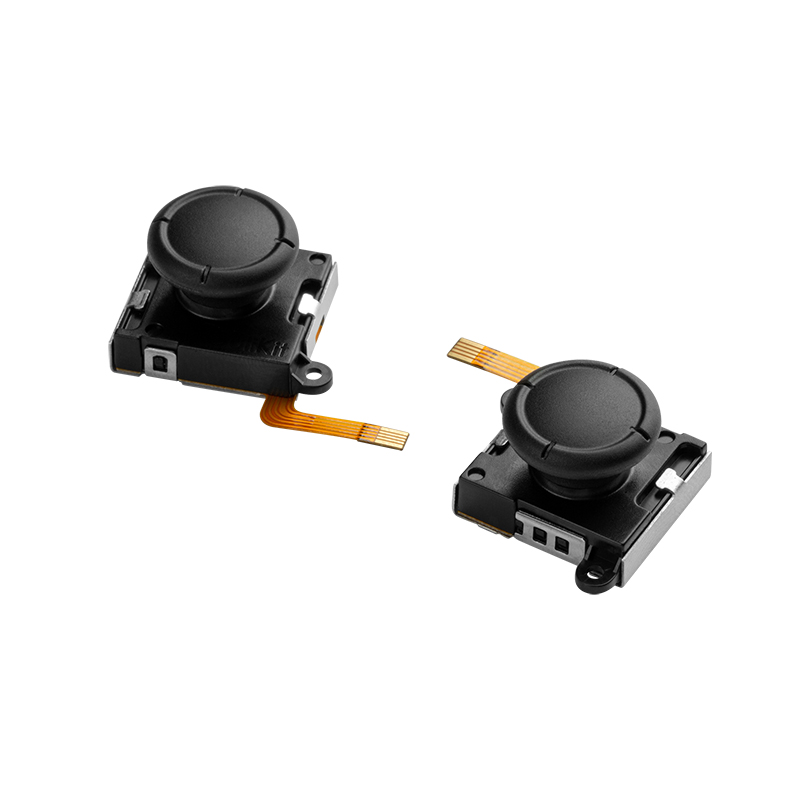
GuliKit currently has replacement hall effect stick modules for Joy-Cons and Steam Deck. GuliKit looks like they have the DualSense Edge in their sights, so hopefully replacement joysticks are coming for all systems.
Will do first for Dual Sense Edge because that is easier for its modular design. https://t.co/OTYoD25yAI
— GuliKit (@GuliKitDesign) January 23, 2023

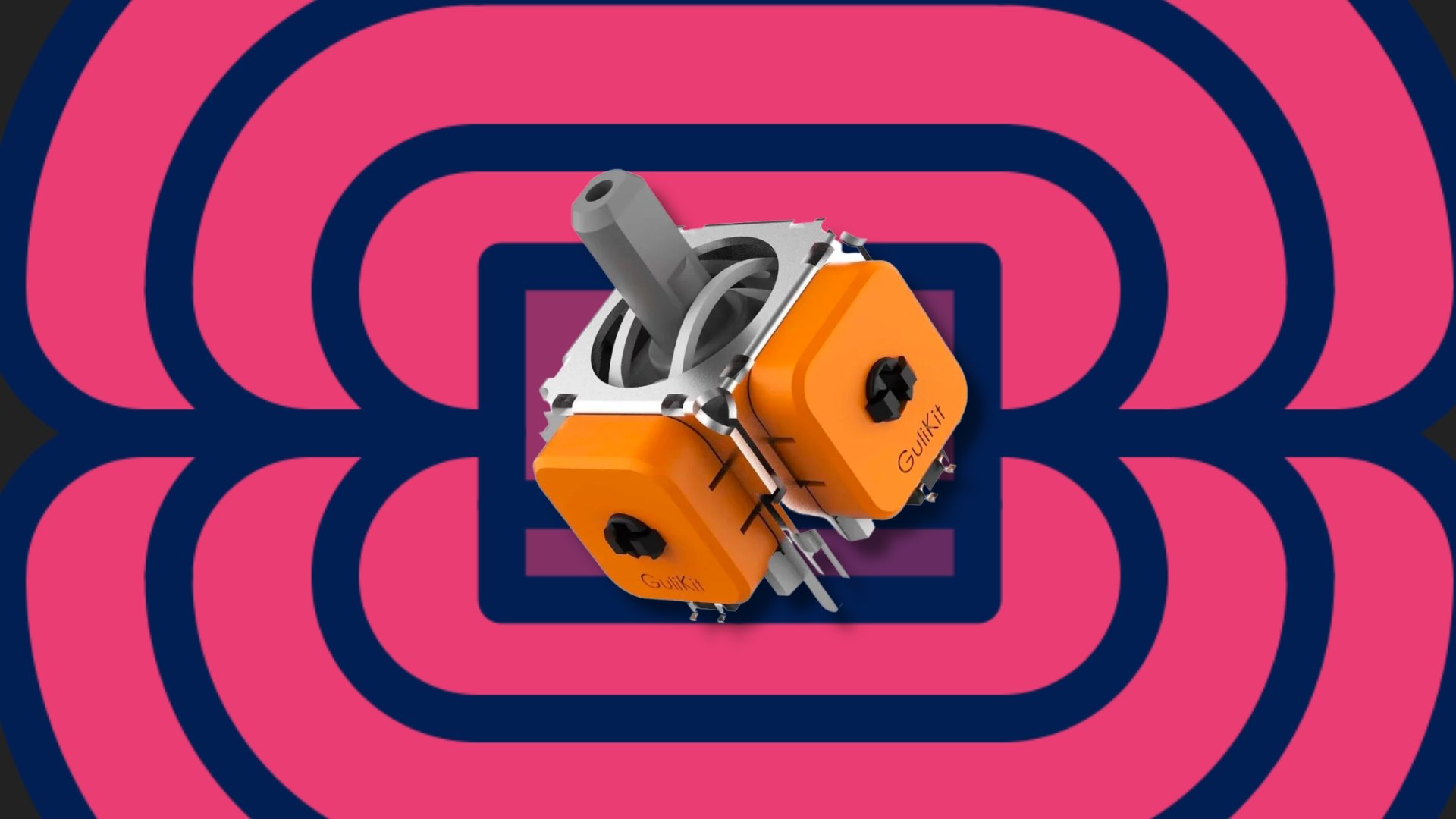

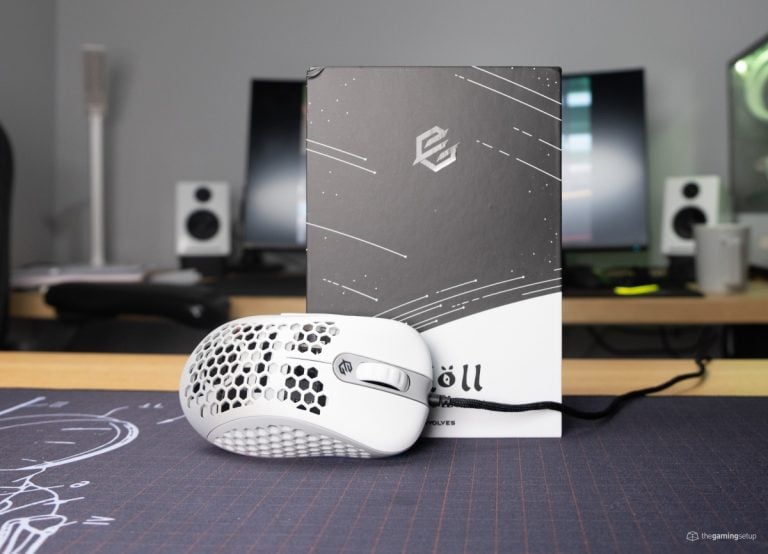
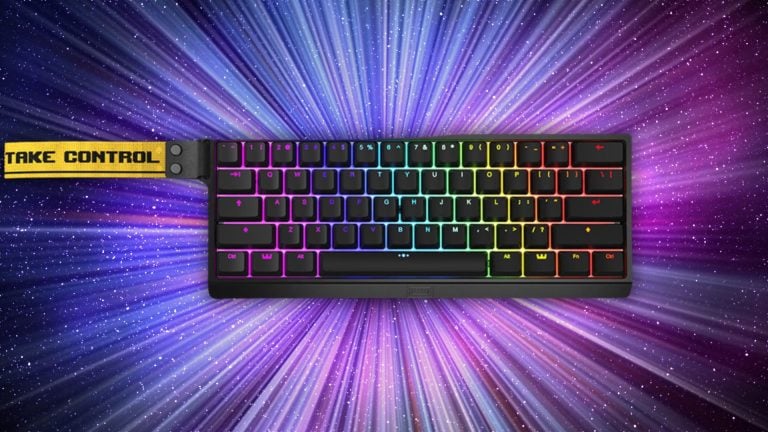
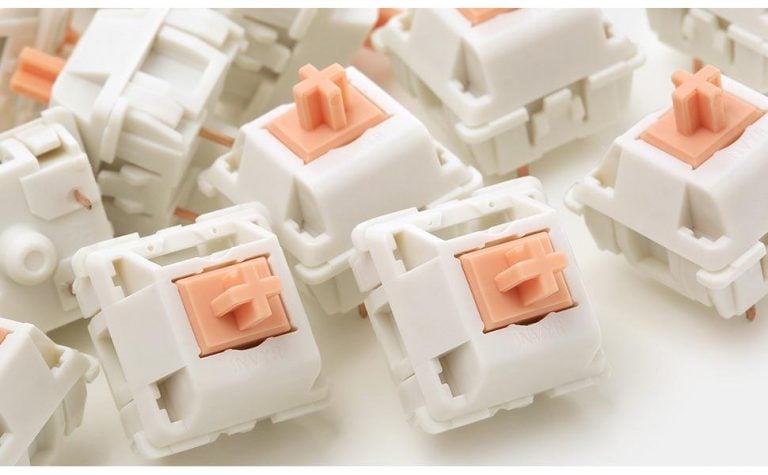
4 Responses
hallo nem vagyok villanyszerelo sem technikus de kellene 1 dc motor es joystick bekotesi rajz tisztelettel megkoszonom
Hello Raymond Sam,
Hope you’re well. This is Nancy from MYXI team.
We looked through your article, which is indeed helpful and professional.
Are you interested in doing a product review about NYXI products?
Looking forward to hearing from you.
Best regards,
Nancy
Hey Nancy, I’ll send you an email!
The content is very professional, like and support! I also sorted out the relevant tutorial materials and put them on my website
https://sysceo-pc.com.cn